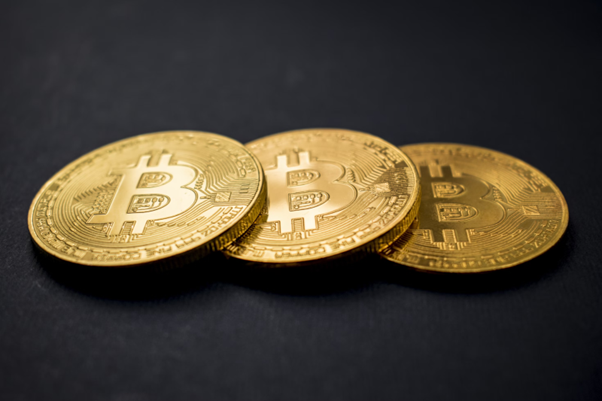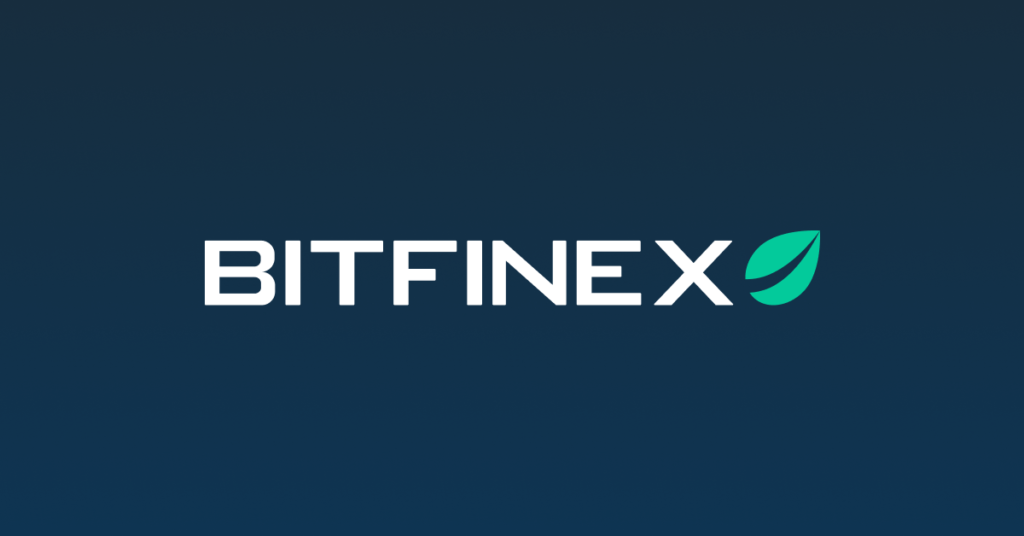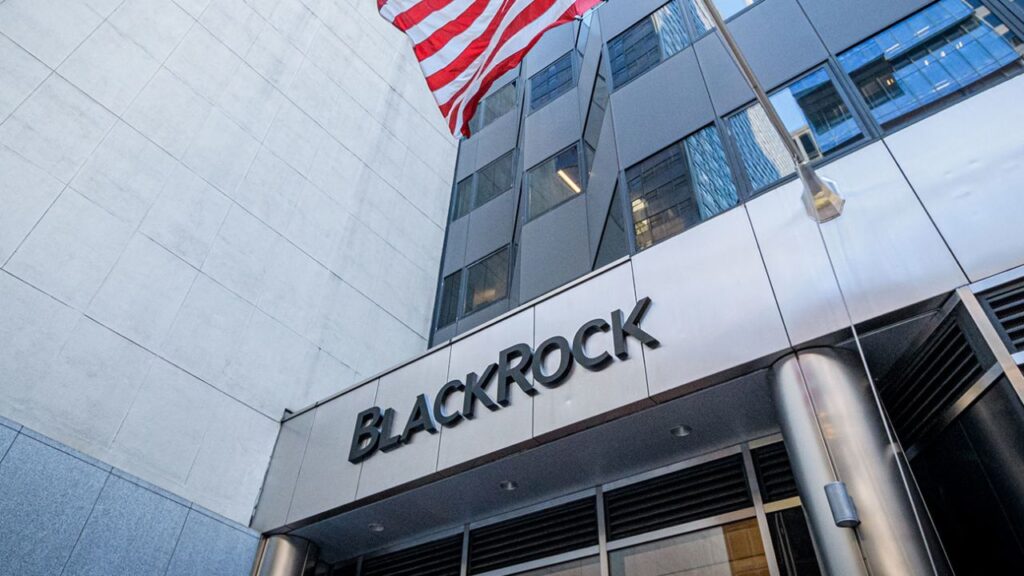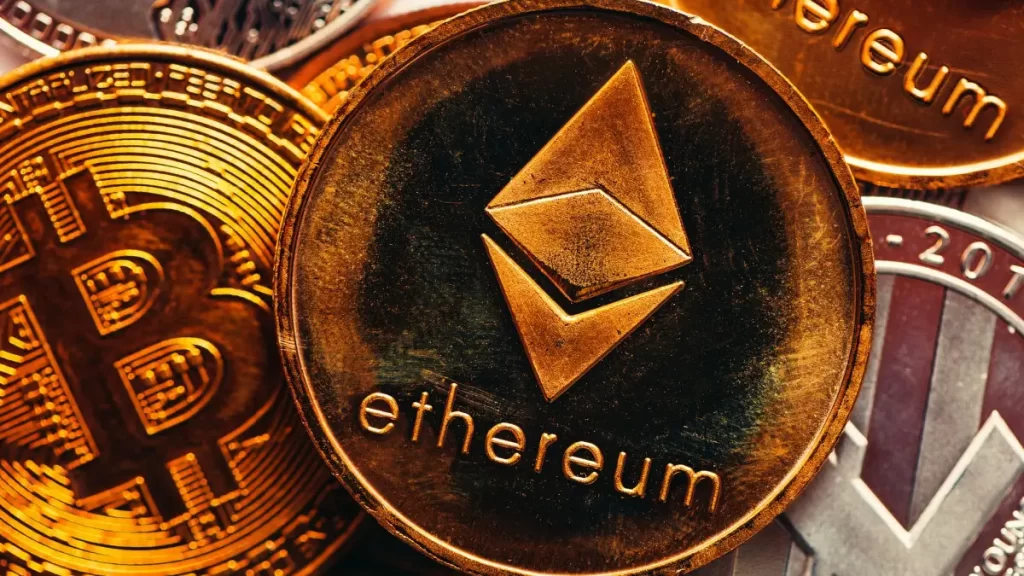Miami, United States, July 22nd, 2024, Chainwire
The pseudonymous artist Mr. Black, is about to reveal an Epic 21,000-Piece Ordinal Collection on Bitcoin, proclaiming Divine Inspiration and Potential to Usher in Messianic Age
Mr. Black, the elusive and mysterious artist, is set to release a revolutionary 21,000-piece ordinal collection inscribed on Bitcoin, designed to last for eternity. This monumental project, years in the making, is driven by Divine prophecy received on Thanksgiving Night 2023. According to Mr. Black, God took control of the “Eyes Are Always Watching” art collection, embedding within it a central message: “Fear God, not man.” The collection promises to unveil numerous Biblical and mystical secrets that could alter the course of humanity and bring about the Messianic Age.
Newsworthy for its unprecedented scale and bold claims, Mr. Black’s collection incorporates over 1,000 commands to the Bitcoin protocol. The pieces will be sold through a Dutch auction, with the artist prepared to risk everything for the chance of either hitting the $1 billion mark or ending up with nothing. Details of this high-stakes auction will be announced via X. Mr. Black asserts that this collection will not only transform the art world but also emphasize the primacy of divine reverence over earthly power.
About Mr. Black
Mr. Black is a mysterious artist known for his cryptic global street art. His latest project is a 21,000-piece ordinal collection on Bitcoin, claimed to be divinely inspired after a prophecy in 2023. The collection, “Eyes Are Always Watching,” emphasizes “Fear God, not man” and aims to reveal secrets that could change humanity and usher in the Messianic Age.
Contact
Mr Black
mrblack@theeyesarealwayswatching.com








